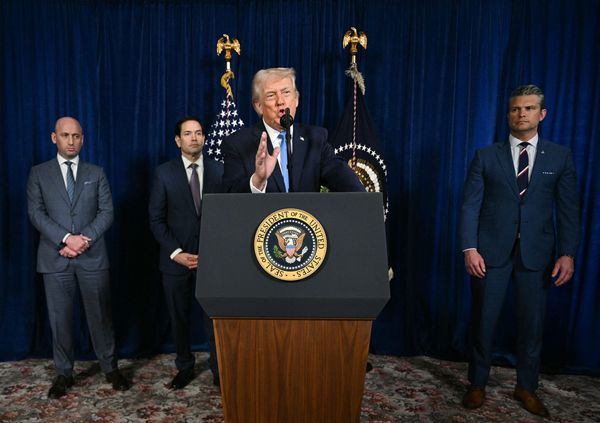
Australia’s first mandate to make new apartment buildings “electric vehicle-ready” should be extended to all new housing, potentially turning entire suburbs into virtual batteries supporting the power grid, the federal science minister said.
Ed Husic helped helm Friday’s gathering of federal, state and territory building ministers in Sydney, where it was agreed to amend the national construction code to require new apartment blocks to be capable of charging cars in all their parking spots.
The change, to come into force by October 2023, overrode pushback by some agencies that sought to limit the mandate to an initial 25% of car places.
Husic said getting builders to “rough in” the capacity to charge vehicles in their parking bays made sense as modest upfront spending would avoid significant retrofitting costs once most, if not all, future vehicles become plug-in electric ones.
The Electric Vehicle Council, which backed the changes, estimates apartment blocks account for about 17% of the nation’s housing. Husic, whose western Sydney electorate of Chifley is overwhelmingly made up of low-rise housing, said new EV-charging provisions for blocks of flats should extend to all new homes where practicable.
“There is a capacity for the charging infrastructure to be put in straightaway,” he told Guardian Australia. “My preference would be first to explore [the extension to all standalone homes] to the fullest extent possible.”
“At some point, I think, you’ll see this huge uptake” in EVs, but planning in advance will ease the transition for some less well-off residents, Husic said.
Only about 2% of new cars sold in Australia are EVs but the share is widely expected to accelerate.
Emerging technological changes will also allow bidirectional charging so that vehicle batteries can power not only homes but also help firm up the power grid.
“We’re trying to send a signal [to all governments] to start thinking about it, to start planning for it,” Husic said of the potential for so-called vehicle-to-grid charging.
“There’s a willingness between all … federal, state and territory governments to work on [the wider EV uptake],” he said. “There was a great degree of interest across the country to get this happening.”
The Property Council of Australia on Friday said it supported code changes setting up 100% EV-ready apartment buildings.
“Buildings are the batteries that can provide enormous load flexibility to our energy system at little to no cost, and can soak up excess supply when renewables are abundant to store energy and provide EV charging,” Ken Morrison, the council’s CEO, said.
“There is no doubt that EVs will play a much larger role in the future, and the property industry is thinking ahead with its application of EV chargers in new builds.”
Ross De Rango, the head of energy and infrastructure for the Electric Vehicle Council, said installing wiring to support charging would add about a tenth of 1%, or $30,000, to a new $30m building.
“It’s far more expensive and very difficult to do it later,” De Rango said.
Widespread bidirectional EV charging was still some way off, with only the Nissan Leaf and a couple of Mitsubishi models available in Australia with that capability for now. Most future models, though, would likely to able to offer that option, he said. It would then be up to energy retailers to develop contracts to entice EV owners to sign up.
De Rango said one scenario identified in the Australian Energy Market Operator’s plans for 2050 had the grid able to call on 1m EV owners with 7 gigawatts of storage to support the grid. That’s triple the capacity of Eraring, the country’s biggest power station.
Tim Washington, the chair of the Electric Vehicle Council and the CEO of JET Charge, an equipment supplier, has been working with the Australian National University on a two-year trial to test 51 bidirectional Nissan Leafs to support the ACT’s grid.
“Grids of the future will rely on a whole range of things,” including EVs, Washington said.
“I think we’ll all be driving EVs in the future,” he said. “If that’s certain, why not cater for that certainty?”







